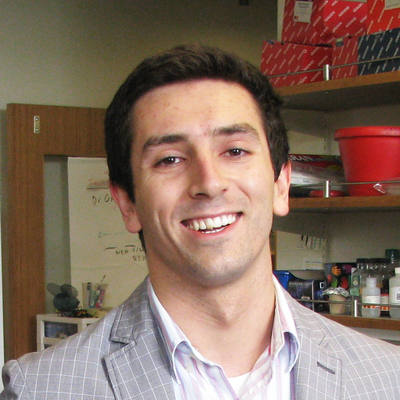Presenter

Dr. Ömer Ali Bayraktar
Dr. Bayraktar did his postdoc with David Rowitch at the University of California, San Francisco and the University of Cambridge as a Life Sciences Research Foundation Fellow. During his postdoc, Dr. Bayraktar developed a large-scale spatial transcriptomic pipeline to map single cell gene expression and neural subtypes in situ. Using this approach, he discovered the heterogeneity of astroglial cells across the layers and areas of the mammalian cerebral cortex. He identified that astrocyte layer patterns diverge from classical neuronal laminae, revealing the complex neuroglial architecture of the cerebral cortex. Dr. Bayraktar did his PhD with Chris Doe at HHMI to understand the developmental specification of neural diversity using Drosophila. He characterized a new neural stem cell model in the fruit fly brain that shares similarities with human neural stem cells. He discovered that multiple temporal patterning progarsams act in a combinatorial fashion to expand the neural diversity output of transit-amplifying progenitors. This work revealed a new concept in neural patterning that could expand neural cell type diversity in the human brain. He is now a group leader at Wellcome Sanger Institute. His research aims to explore human brain cellular diversity using large-scale approaches. His team will harness spatial transcriptomics, imaging and functional screening to study neural diversity in health and disease. Dr. Bayraktar is fascinated by the cellular complexity of the brain. His research team is interested in using large-scale approaches to map brain cell types, to identify how glial cells shape neuronal circuits and to discover cellular pathways affected in neurodevelopmental disorders.
Abstract
Date: June 21st, 2023 – 18:00 (GMT+3)
Language: English
You can register for this webinar here !
